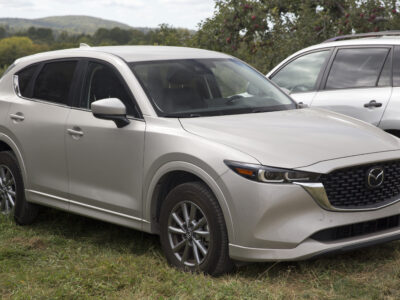
Nissan Qashqai Fuel Consumption: Real-World Efficiency Across All Generations
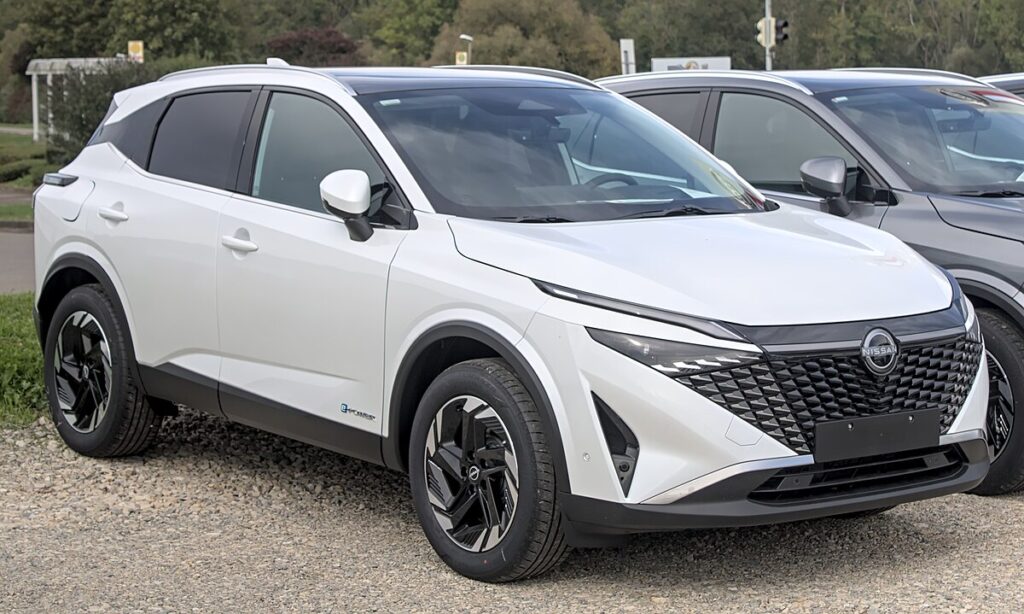
Understanding the real fuel consumption of the Nissan Qashqai is essential for anyone considering this popular crossover. While official figures often appear optimistic, real-world data from thousands of Qashqai owners paints a more accurate picture of what to expect on the road.
- Overview: Real vs. Official Fuel Consumption
- 1. Nissan Qashqai Generations and Fuel Economy Trends
- 2. Factors Influencing Real-World Fuel Consumption
- 3. Fuel Consumption by Engine Type
- 4. Comparison with Rival Models
- 5. Best Practices to Improve Your Qashqai’s Fuel Economy
- 6. Owner Insights: What Drivers Report
- Conclusion: Realistic Fuel Economy Expectations
Overview: Real vs. Official Fuel Consumption
According to verified owner feedback, the actual fuel consumption of the Nissan Qashqai is, on average, 23% higher than the official manufacturer figures.
- Models produced up to 2016 show a +20% difference.
- Models built after 2016 display a +29% difference on average.
This variation is consistent with real-world driving conditions, where traffic, terrain, weather, and personal driving style play a crucial role.
1. Nissan Qashqai Generations and Fuel Economy Trends
First Generation (2007–2013)
The first-generation Qashqai introduced Nissan’s compact SUV design to the European market.
- Official consumption: 5.9–6.8 L/100 km (combined)
- Real-world average: 7.2–8.3 L/100 km
- Key engines: 1.5 dCi diesel, 2.0 dCi diesel, 1.6 petrol, 2.0 petrol
The diesel variants, particularly the 1.5 dCi, remain the most economical choice, offering realistic consumption around 5.8–6.2 L/100 km in mixed driving.
You may be interested in reading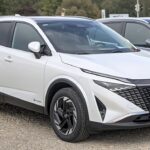 Nissan Qashqai Towing Capacity — Complete Guide 2025
Nissan Qashqai Towing Capacity — Complete Guide 2025Second Generation (2014–2020)
The second-generation Qashqai refined efficiency through lighter construction and better aerodynamics.
- Official consumption: 4.2–6.2 L/100 km
- Real-world average: 5.4–7.8 L/100 km
- Engines: 1.2 DIG-T, 1.5 dCi, 1.6 dCi, and later 1.3 DIG-T
Owners of the 1.5 dCi report fuel usage close to 5.0 L/100 km, while the 1.3 DIG-T petrol engine typically consumes 6.5–7.0 L/100 km, depending on gearbox type (manual vs DCT).
Third Generation (2021–Present)
The latest Qashqai features mild-hybrid and e-POWER hybrid systems.
- Official consumption: 4.4–6.5 L/100 km
- Real-world average: 5.8–7.3 L/100 km
- Engines: 1.3 DIG-T Mild Hybrid (140 / 158 hp) and e-POWER Hybrid (190 hp)
Owners praise the e-POWER system for its city efficiency, often achieving 5.5 L/100 km in urban use. However, motorway driving tends to raise consumption toward 6.8 L/100 km.
2. Factors Influencing Real-World Fuel Consumption
| Factor | Impact on Fuel Economy | Typical Difference |
|---|---|---|
| Driving style | Aggressive acceleration increases consumption | +10–25% |
| Traffic conditions | Stop-and-go city driving | +15% |
| Tire pressure | Low pressure increases rolling resistance | +5% |
| Load and passengers | Additional weight strains the engine | +3–7% |
| Weather | Cold starts and air conditioning | +4–10% |
| Maintenance | Dirty filters and old oil reduce efficiency | +5–8% |
3. Fuel Consumption by Engine Type
| Engine | Transmission | Official (L/100 km) | Real (L/100 km) | Fuel Type |
|---|---|---|---|---|
| 1.2 DIG-T 115 hp | Manual | 5.6 | 7.1 | Petrol |
| 1.3 DIG-T 140/158 hp | Manual/CVT | 5.4–5.9 | 6.8–7.5 | Petrol |
| 1.5 dCi 110 hp | Manual | 3.8 | 4.7 | Diesel |
| 1.6 dCi 130 hp | Manual/CVT | 4.5–4.9 | 5.6–6.2 | Diesel |
| e-POWER 190 hp | Automatic | 4.8–5.0 | 5.8–6.3 | Hybrid |
4. Comparison with Rival Models
| Model | Official (L/100 km) | Real (L/100 km) | Difference |
|---|---|---|---|
| Nissan Qashqai | 4.4–6.8 | 5.8–8.3 | +23% |
| Hyundai Tucson | 4.6–6.9 | 6.1–8.4 | +22% |
| Kia Sportage | 4.8–6.6 | 6.4–8.1 | +21% |
| Peugeot 3008 | 4.3–6.2 | 5.6–7.7 | +19% |
The Qashqai’s real-world performance aligns closely with its direct competitors, slightly exceeding them in hybrid efficiency but lagging slightly in high-speed motorway consumption.
You may be interested in reading Nissan Qashqai Towing Capacity — Complete Guide 2025
Nissan Qashqai Towing Capacity — Complete Guide 2025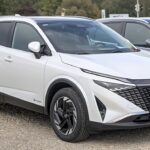 Best Nissan Qashqai Alternatives: Top 10 SUVs Worth Your Attention in 2025
Best Nissan Qashqai Alternatives: Top 10 SUVs Worth Your Attention in 20255. Best Practices to Improve Your Qashqai’s Fuel Economy
- Maintain proper tire pressure – Check monthly to reduce rolling resistance.
- Avoid sudden accelerations – Smooth throttle use saves up to 15%.
- Use ECO mode – Especially effective in hybrids and CVT versions.
- Plan ahead – Combine short trips to reduce cold starts.
- Perform regular servicing – Clean filters, fresh oil, and correct spark plugs optimize efficiency.
6. Owner Insights: What Drivers Report
Owners highlight the Qashqai as a balanced crossover, offering a comfortable ride with competitive fuel economy. Many drivers confirm that while official WLTP numbers are idealized, the Qashqai remains efficient in daily use, especially the 1.5 dCi and e-POWER variants.
Typical user comments include:
“My 2023 e-POWER averages 5.7 L/100 km in mixed driving — better than expected.”
“The 1.3 DIG-T manual is smooth but closer to 7.2 L/100 km in reality.”
Conclusion: Realistic Fuel Economy Expectations
In real-world conditions, expect your Nissan Qashqai to consume 23% more fuel than its official figures, a pattern common across the crossover segment.
- Older diesel engines remain the most efficient long-distance option.
- The latest e-POWER hybrid delivers the best urban economy.
Ultimately, the Nissan Qashqai maintains its reputation as a fuel-efficient and versatile crossover, balancing practicality, comfort, and moderate real-world consumption.
You may be interested in reading Nissan Qashqai Towing Capacity — Complete Guide 2025
Nissan Qashqai Towing Capacity — Complete Guide 2025 Best Nissan Qashqai Alternatives: Top 10 SUVs Worth Your Attention in 2025
Best Nissan Qashqai Alternatives: Top 10 SUVs Worth Your Attention in 2025 Kia Sportage Trim Levels UK (2025 Guide): Full Comparison of Models and Features
Kia Sportage Trim Levels UK (2025 Guide): Full Comparison of Models and FeaturesKey Takeaways
- Average real-world consumption: 5.8–8.0 L/100 km
- Typical variance from official: +23%
- Most efficient engine: 1.5 dCi diesel or e-POWER hybrid
- Performance improves significantly post-2021 with hybrid integration
If you want to know other articles similar to Nissan Qashqai Fuel Consumption: Real-World Efficiency Across All Generations you can visit the category Models.
Deja una respuesta

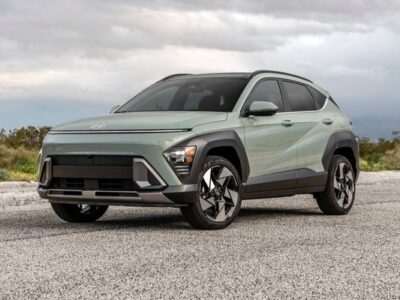
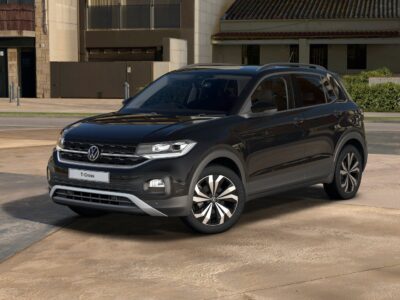
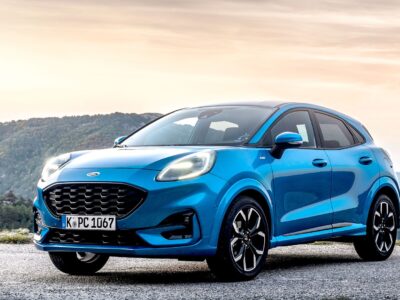
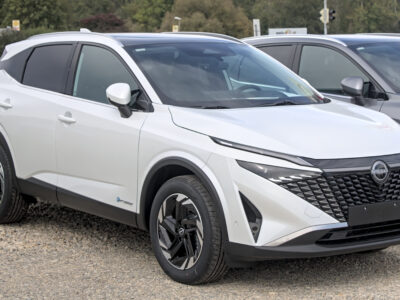
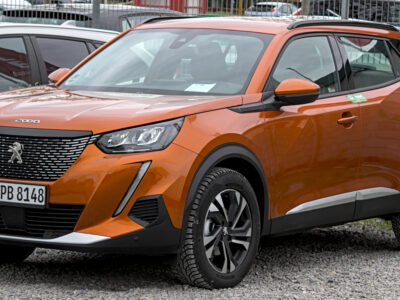
More content of your interest